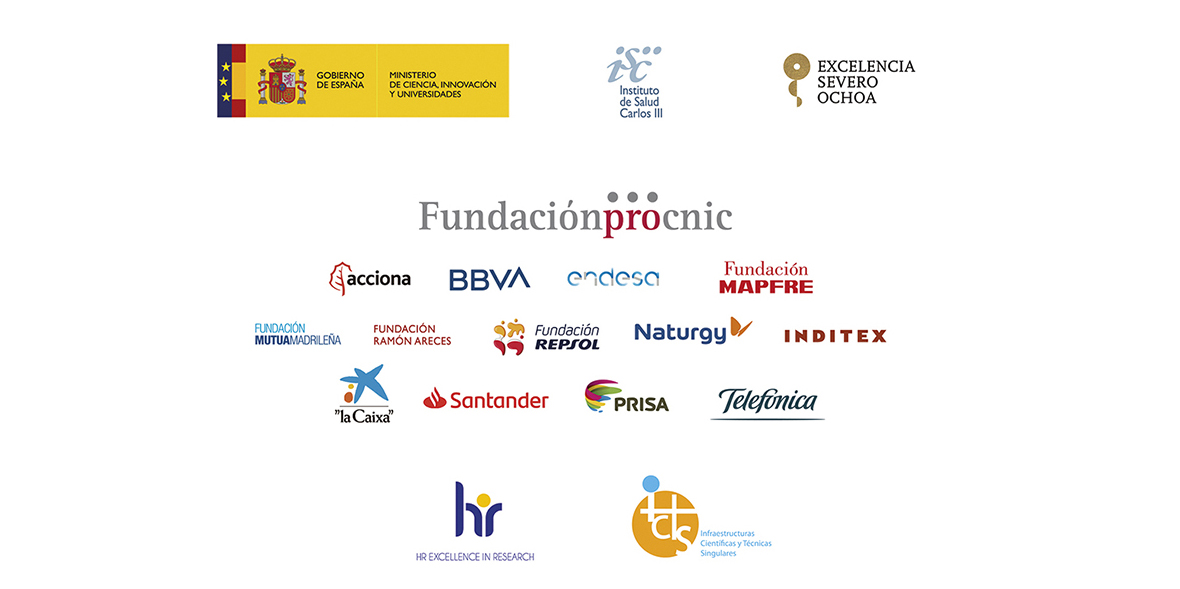plays an important role in the day-to-day function of healthy organs. The research results show that the immune cells called neutrophils help to maintain the normal function of healthy tissues.
Casanova-Acebes M, Nicolás-Ávila JA, Li JL, García- Silva S, Balachander A, Rubio-Ponce A, Weiss LA, Adrover JM, Burrows K, A-González N, Ballesteros I, Devi S, Quintana JA, Crainiciuc G, Leiva M, Gunzer M, Weber C, Nagasawa T, Soehnlein O, Merad M, Mortha A, Ng LG, Peinado
H, Hidalgo A.Neutrophils instruct homeostatic and pathological states in naive tissues. J Exp Med. 2018;215(11):2778-95. doi: 10.1084/jem.20181468 10.1084/jem.20171738
11. Science
A new mechanism in the control of inflammation
In response to infection or tissue injury, our bodies react by activating the inflammatory immune response, which attacks the infection and repairs the damaged tissue. However, excess inflammation can sometimes have the opposite effect,
increasing injury in a process known as immunopathology. Now, researchers at the CNIC have discovered a new inflammation control mechanism that shows how the damage caused by the immune response can be controlled. The study is
published in Science.
Del Fresno C, Saz-Leal P, Enamorado M, Wculek SK, Martínez-Cano S, Blanco-Menéndez N, Schulz O, Gallizioli M, Miró-Mur F, Cano E, Planas A, Sancho D. DNGR-1 in dendritic cells limits tissue damage by dampening
neutrophil recruitment. Science. 2018;362(6412):351-6. doi: 10.1126/science. aan8423

 Scientific Highlights: by publication date
Scientific Highlights: by publication date
